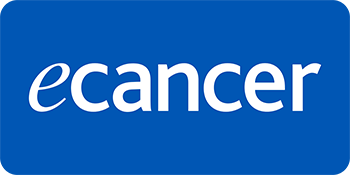Background: Head and neck squamous cell carcinoma is often treated with radiotherapy, frequently combined with chemotherapy, to improve overall survival (OS). Despite advancements, locoregional control (LRC) remains a significant challenge, with 15%–50% of patients experiencing locoregional recurrence, negatively impacting OS and quality of life. Hypoxia within tumor cells is a critical factor contributing to treatment failure, necessitating higher radiation doses to achieve similar therapeutic effects as in normoxic cells. This study aims to investigate the role of dose escalation using [18F] fluoromisonidazole (FMISO) positron emission tomography/computed tomography (PET CT) to target hypoxic sub-volumes in head and neck cancer (HNC) to improve LRC.
Methods: The dose-escalated hypoxia-adjusted radiotherapy trial is an open-label, parallel, randomised, single-centre, phase II study. Patients with HNC will undergo [18F]. FMISO PET CT to identify hypoxic regions. Normoxic patients will be labeled as Arm 1 and will not be part of the primary assessment. Patients with hypoxia will be stratified into two arms (2 and 3). Arm 2 will receive standard radiotherapy of 70 Gy in 2 Gy fractions, while Arm 3 will receive an additional boost to the hypoxic sub-volumes, delivering a total of 80 Gy (Phase 2). All patients in Arms 2 and 3 will also receive concurrent chemotherapy with cisplatin. Patients will be monitored weekly for treatment tolerance, with acute adverse events recorded according to National Cancer Institute Common Terminology Criteria for Adverse Events v5.0. The primary endpoint is LRC, defined as the time from randomisation to the first histopathologically confirmed relapse of locoregional disease. Secondary endpoints include OS, locoregional relapse-free survival, acute and late toxicity and patient-reported outcomes assessed using the European Organisation for Research and Treatment of Cancer QLQ-C30 and QLQ-H&N35 questionnaires.
Discussion: This study addresses a critical gap in the management of HNC by targeting hypoxic regions within tumours, potentially improving LRC and, consequently, OS. The use of [18F] FMISO PET CT for identifying hypoxic sub-volumes allows for tailored radiation dose escalation, which could overcome the radioresistance associated with hypoxia. By comparing outcomes among standard radiotherapy (Arm 2) and dose-escalated treatment (Arm 3), this trial aims to establish a more effective therapeutic strategy for HNC patients.
Trial registration: This trial is registered with the Clinical Trials Registry of India (CTRI/2024/04/065373), registered on 08th April 2024 on ctri.nic.in and clinicaltrials.gov (NCT06087614) registered on 18th September 2023 on clinicaltrials.gov.







